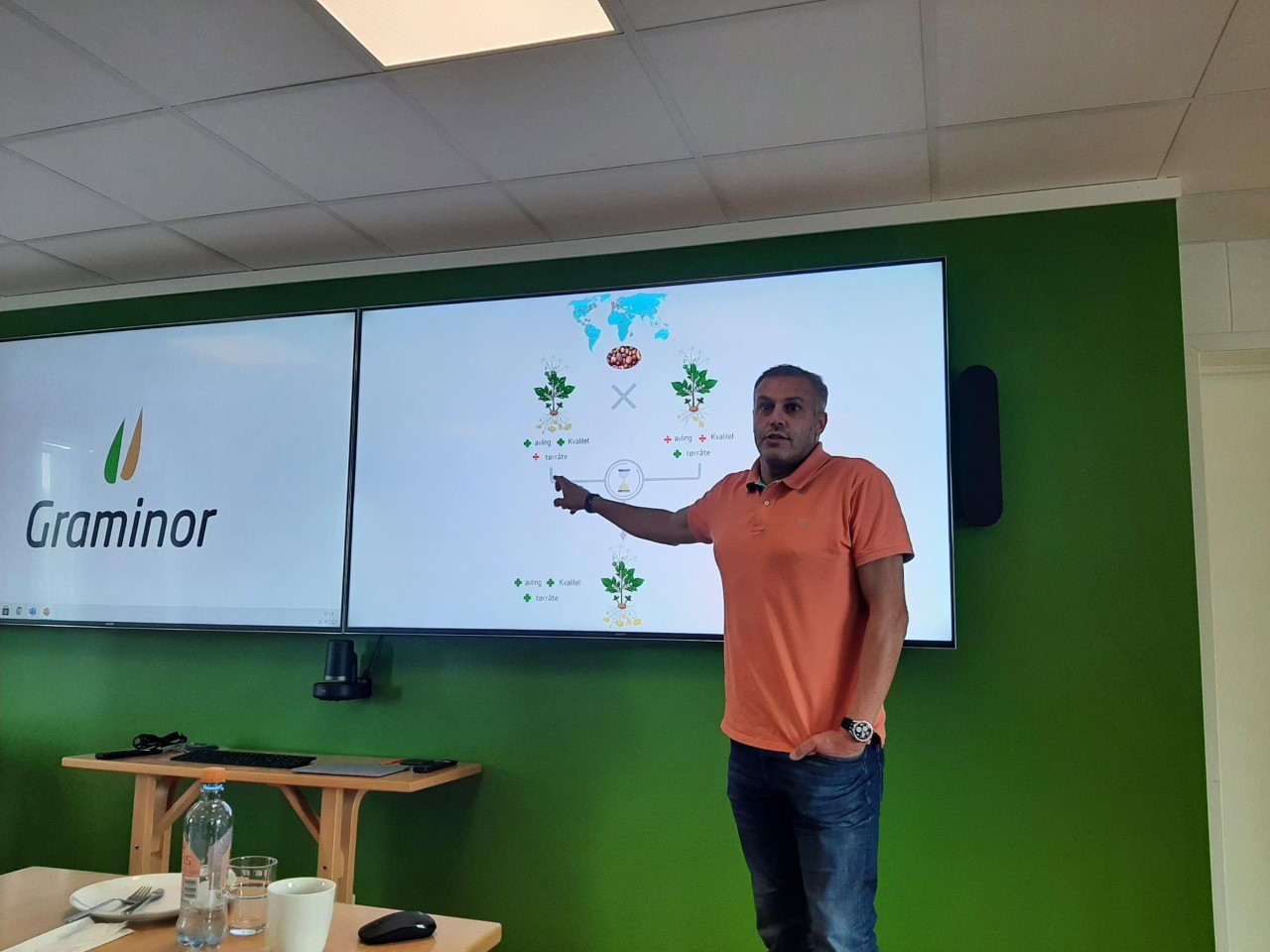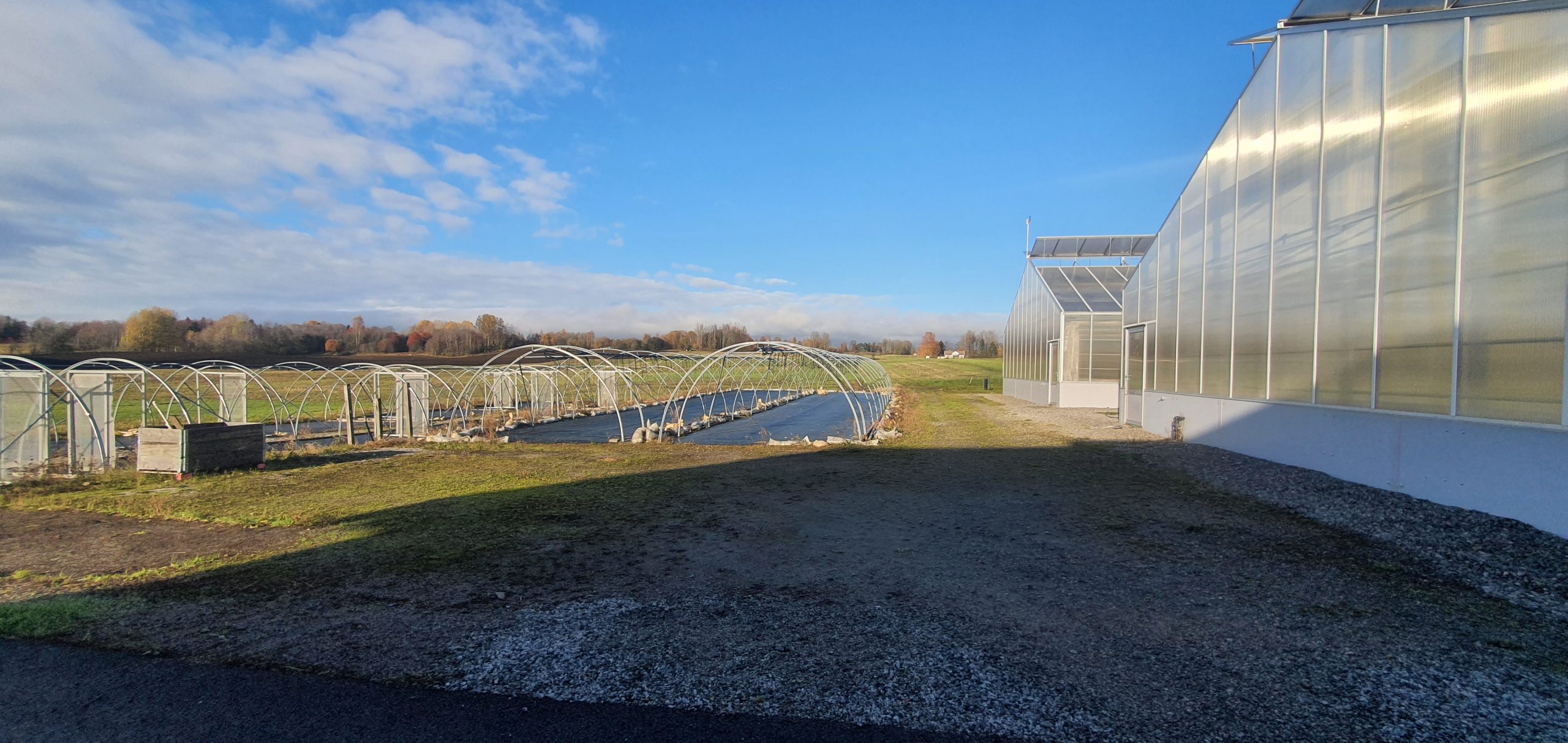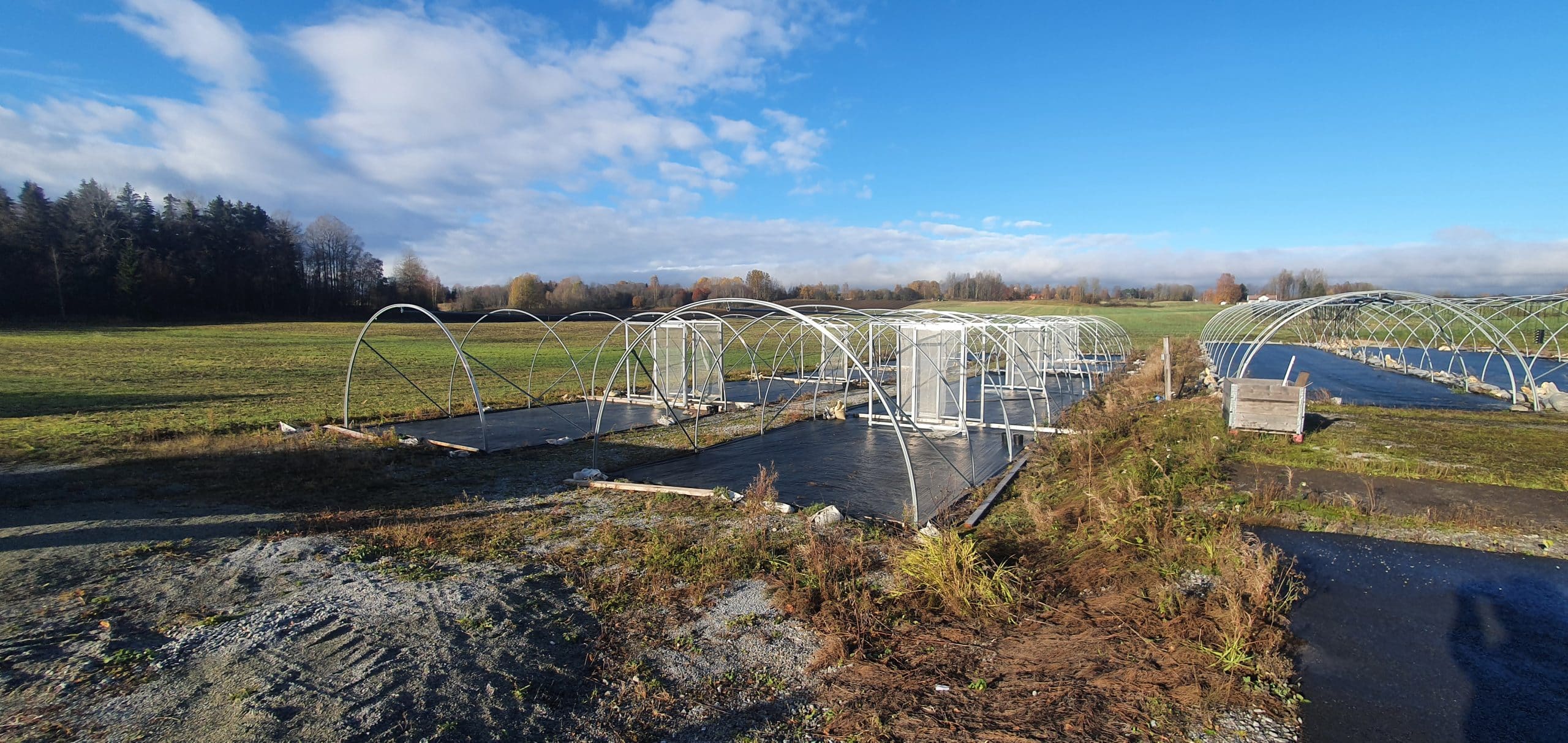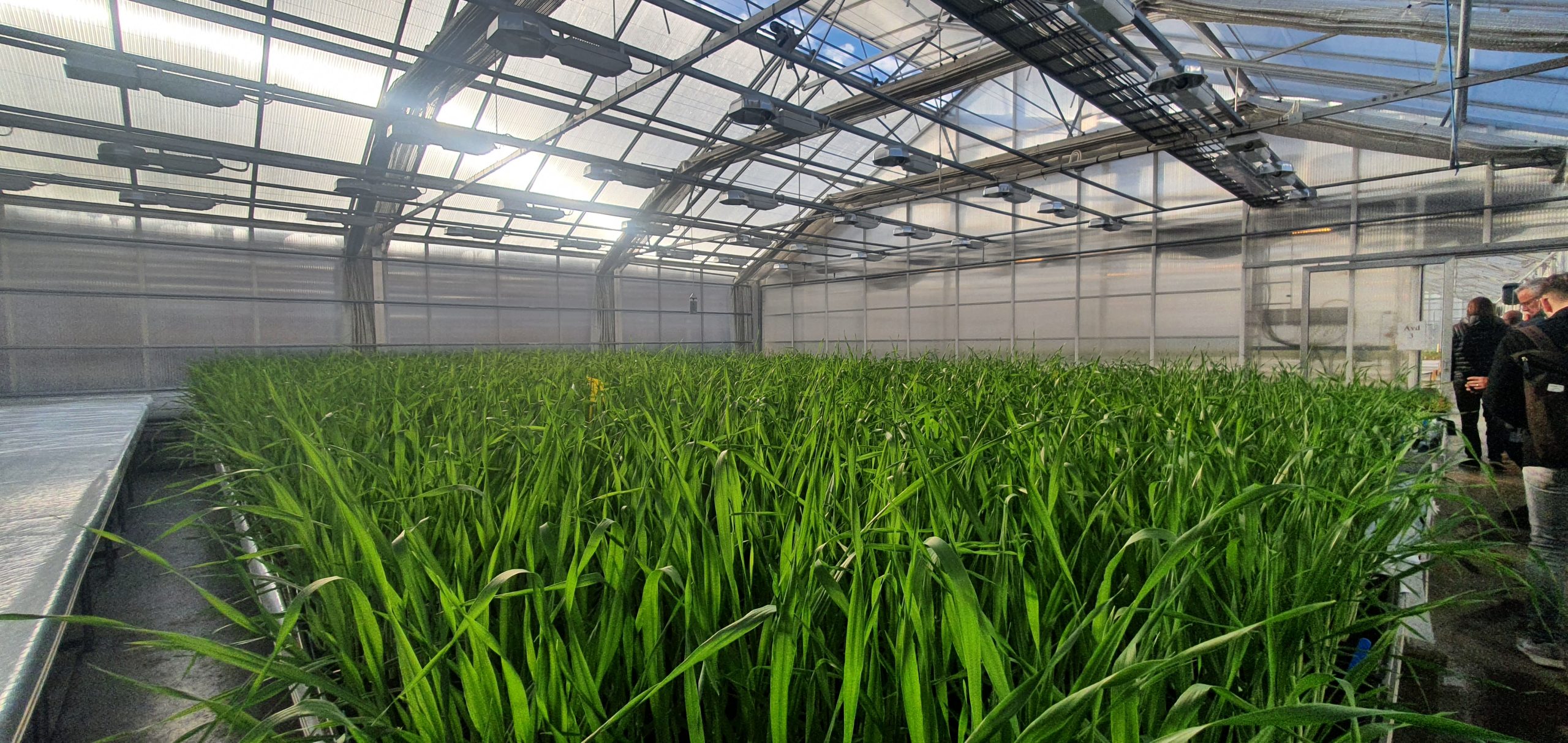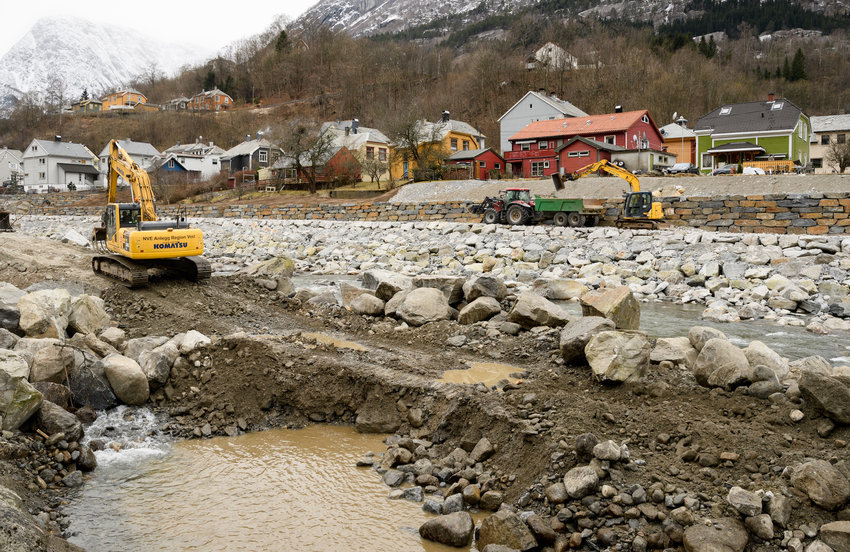Graminor is one of the agricultural partners in the Sustainable Food Production node. We have talked to Muath Alsheikh, head of research and development at Graminor, to learn more about what they do and what they hope to achieve by being a part of Climate Futures.
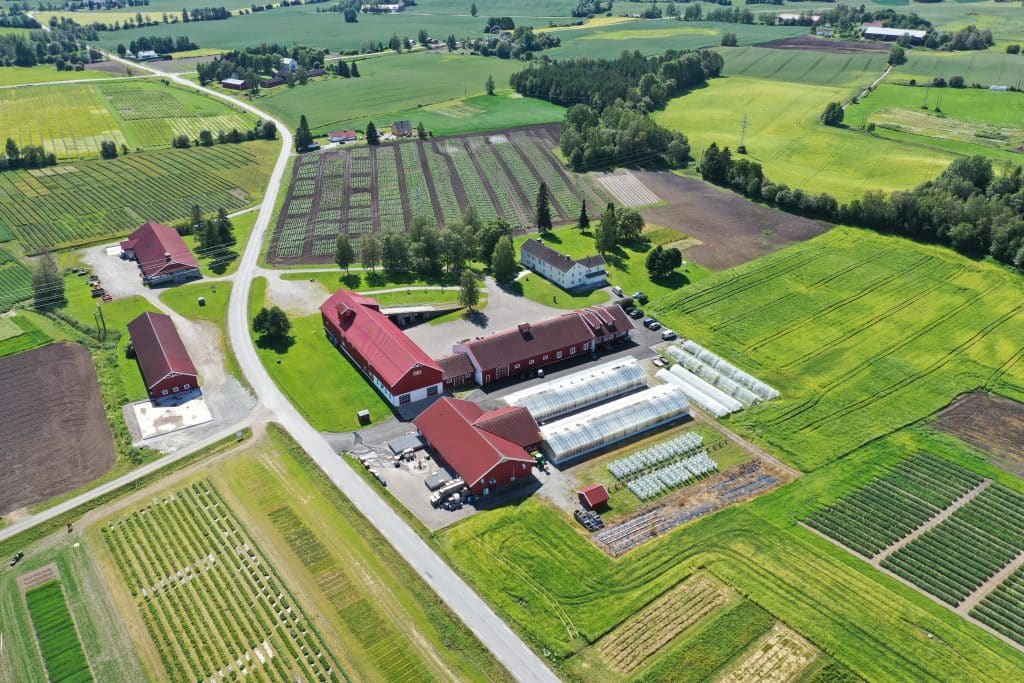
About Graminor
Graminor was established in 2002 with the vision of leading the development of improved plant cultivars for the Norwegian and Nordic growing conditions. They are the only plant breeding company in Norway and work with 13 different crops in 6 breeding programs.
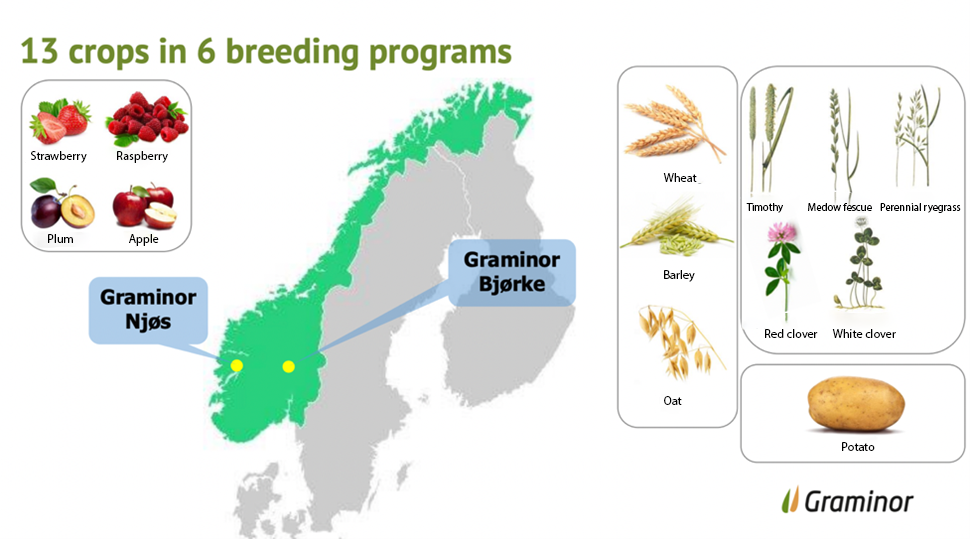
Graminor aims to deliver improved plant cultivars that are adapted to Norwegian and Nordic conditions for cost-effective food production. Their goal is to make sure Norwegian agriculture has access to varied, climate-adapted, and disease-free plant materials.
Graminor has three main focus areas:
- Developing cultivars (plant breeding). They develop cultivars that are well suited for Norwegian conditions, and therefore help food security based on Norwegian resources.
- Representing different crops. Graminor also tests foreign plant materials under Norwegian conditions and makes them available for Norwegian farmers where they are best suited. This way, a farmer always has access to the best cultivar for their conditions.
- Pre-basis production. Producing seeds that can be sold to a farmer is also a part of their work.
What is plant breeding? In simplified terms, plant breeding is crossing of two different parents of the same plant species with different qualities, followed by several rounds of evaluation and selection to get offspring with improved qualities originating from the parents. The goal of plant breeding is to develop plant cultivars with increased productivity, quality, ability to adapt, and resistance to diseases. It is a multidisciplinary operation and, depending on the species, it takes between 10-20 years to produce a new and improved cultivar that is more resilient to the conditions we expect to have in the future. Future cultivars need to be adapted to climate change, user preferences and environmental requirements. This entails for example reduced use of pesticides, higher yield, and increased ability to bind CO2 in soil and plants.
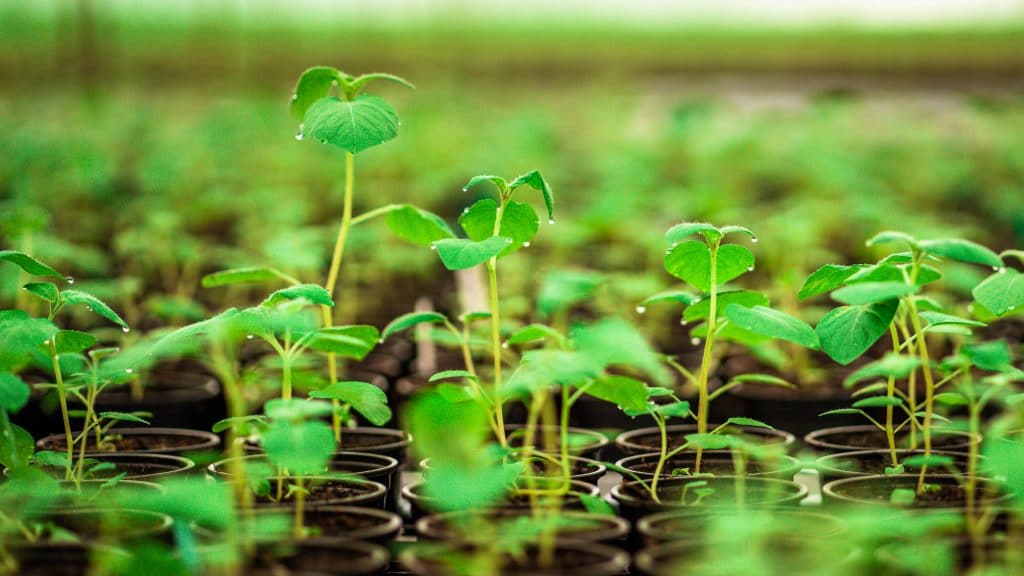
The Effect of Climate Change and Plant Breeders’ Response
The world will face several global challenges in the future. As mentioned, the climate is changing, which might seem like an obvious challenge to agriculture. Crops that are adapted to a certain climate are naturally going to struggle when faced with a very different one. Furthermore, the world’s population is growing fast, which means that there are more people who need space to live in and food to eat. However, land is a limited resource, and we cannot use land to build houses for people to live in and simultaneously grow food. Additionally, water resources are becoming increasingly scarce as the demand for water rises, which is a problem both for people who need to drink and crops that need to be watered.
In other words, there are a lot of people who need resources that demand land, space, and water, but only one planet with limited land area available. How do plant breeders fit into this global dilemma? They develop improved plant cultivars that withstand pests and diseases, maximise resource use efficiency (water, land, nutrients), and stabilise and increase yields, despite a changing climate.
So how is this done? For Graminor, it is important to be ahead of time to know how current cultivars and future cultivars will perform in future climates. It is important for them to know how climate is likely to develop so that they can strategically prepare by developing cultivars of for example potatoes that will be optimal for, and perform well in, these conditions.
We want to include the future climate and today’s climate in our breeding. We want to see how current cultivars, and future cultivars, will perform in a different environment, says Alsheikh.
Plant breeding thus plays a major part in food security, which will become increasingly important as the climate changes. Food security involves quality products that are available and affordable, and the most important factor to ensure this is improved cultivars. It is also economical because it ensures better yield, quality, and resistance to diseases. Land resources are limited, so improving the yield on the land that is already farmed is essential, and plant breeding contributes to that.

Why is this important? By 2030, nine out of ten major crops will experience reduced or stagnant growth rates. This will naturally affect prices, which will increase dramatically, at least partially because of climate change. Below is an estimate of how much different crop prices are expected to increase, as well as how much their respective growth rate will decrease.
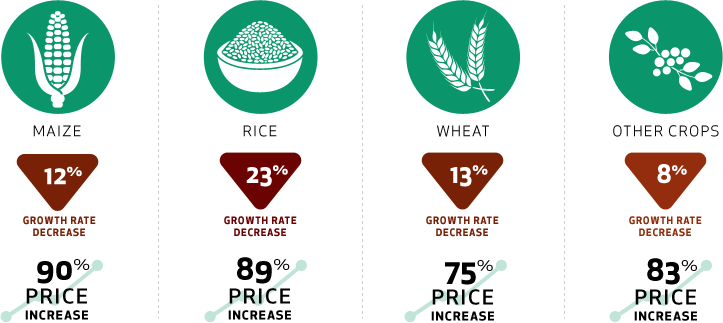
How can Graminor help solve this problem? One option is to test different cultivars in current climates. For example, if we know that Norway will most likely have a climate similar to southern Italy in 50 years, then it is possible to find cultivars that perform in these regions now, and hence will likely perform well in Norway in the future.
Crossing of different plant cultivars, testing, selecting, even tasting – all the things that are required to make a well-performing cultivar – take a long time. By knowing the most likely future climate, i.e. whether an area is more likely to be dry instead of wet, Graminor can focus on the cultivars that will perform well in dry conditions. This will contribute to more sustainable farming in Norway.
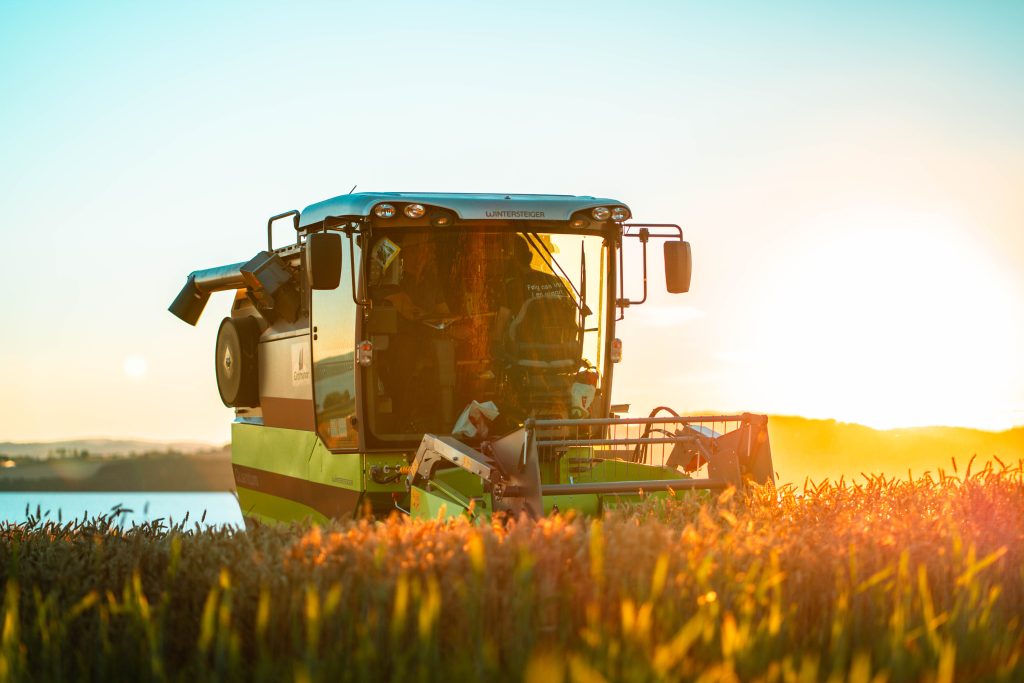
Collaboration in Climate Futures
How did you become aware of Climate Futures?
– Originally, we met with the Norwegian Computing Centre (NR) after recommendations from FFL/JA Landbruksdirektoratet, because we were looking for computer scientists and statisticians to include climate factors in our breeding and genetics models. There was very limited knowledge in plant breeding in agriculture, so we met with them. We discussed ideas and potential, and we found it very interesting how we could help each other.
How do you think Graminor can contribute to Climate Futures?
– Graminor is the only plant breeding company in Norway, and one of the main outlets for different plant research. We apply the research and test the work in real life, and I think this, in addition to the data collection we do, is very useful in Climate Futures.
What concrete results do you wish to see come out of Climate Futures and the projects you are working on?
– There are three main things we are interested in. The first one is to include climate prediction and machine learning in our breeding programs. Secondly, prediction of the performance of different crosses in different environments. This can be good for different things: baking, cooking etc. It is hard to find the ultimate combination, and machine learning might be able to help us investigate the different outcomes we would like to optimize. Different crops, colour, taste, resistance to disease, shape – all of them have different segments. Finally, we want to use historical data to see how different types of crops and cultivars perform in different climates, or how they have performed in the past. We want to know the genetic (genes) that are needed for future climates and use that knowledge to develop better cultivars.
Alsheikh points out two factors that are especially important: adaptation and disease resilience. Adaptation means how the crops will be able to adapt in the future, given how the climate is likely to change. One challenge is that the climate in Norway will also vary regionally in the future, and Graminor cannot develop one kind of cultivar (e.g., potato) for each region, but they can make a type that will perform well on average in future climates. Thus, climate information from Climate Futures is definitely an important tool.
What has the collaboration within Climate Futures been like?
– It has been very good, and it is an excellent SFI. The structure of separating the work packages between different segments and having a project within a bigger project is nice, and it has been very useful.
Below are some pictures from a visit to Graminor’s main office in Hamar, Norway.
